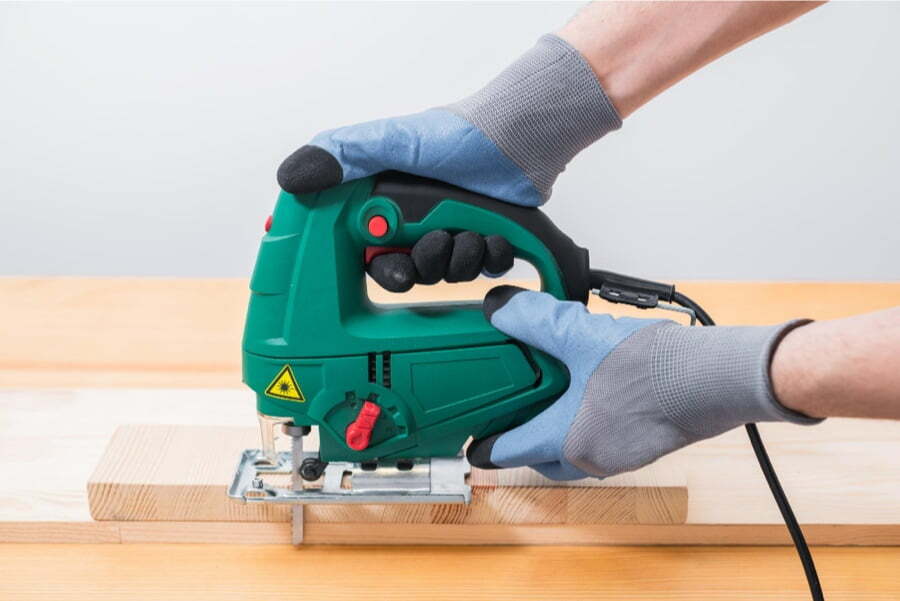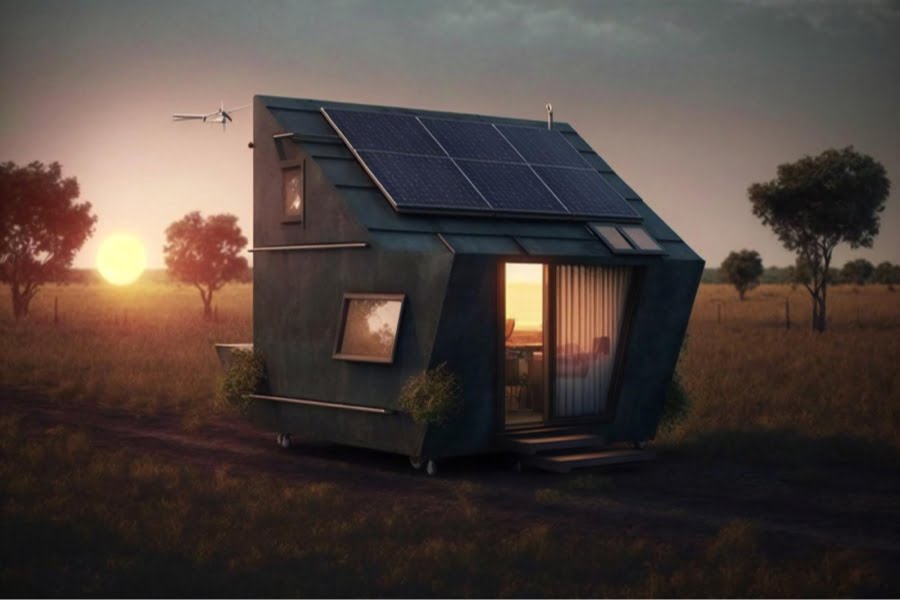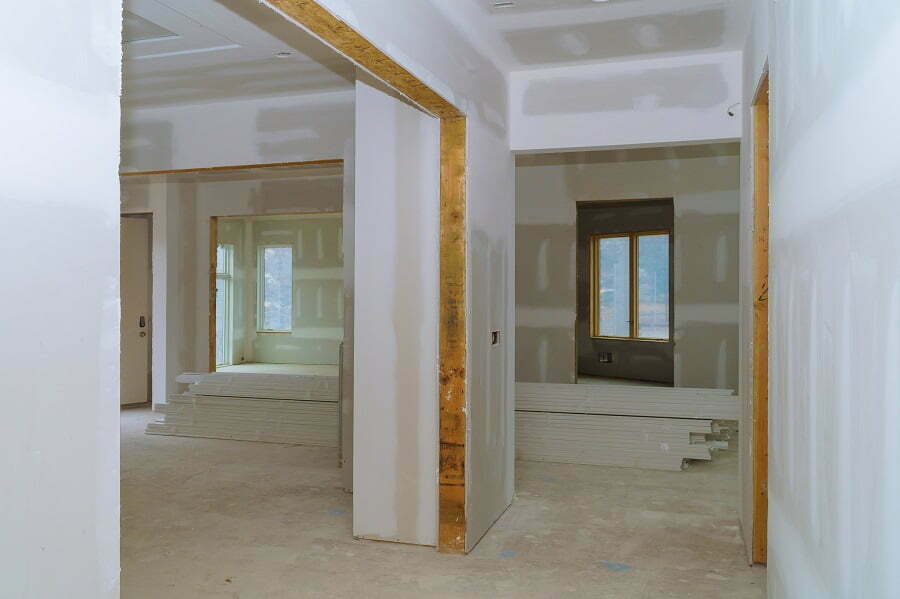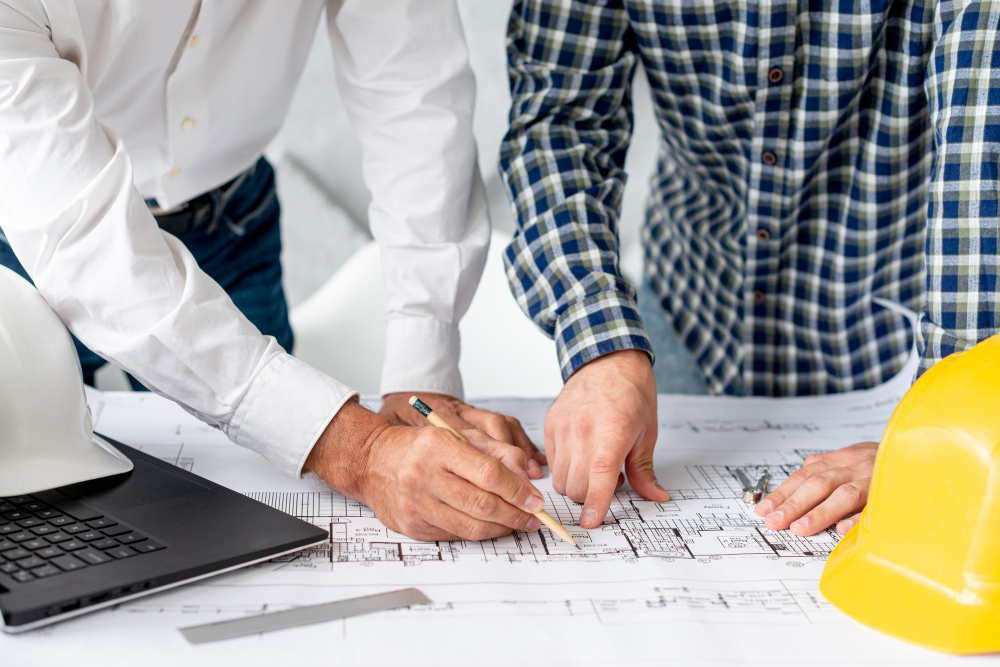Last updated on
Prefabricated spaces, or ‘prefabs,’ have become increasingly popular because they offer a modern and efficient approach to construction. These structures are manufactured off-site and assembled on location. They’re often favored for projects that require speed and versatility.
Prefabs can be used for various applications, from residential to commercial buildings. However, their longevity and structural integrity rely heavily on cleaning and maintenance.
In this guide, we’ll explore the intricacies of prefab structures and the factors influencing their cleanliness. We’ll also delve into specific techniques to ensure their sustained lifespan.
Understanding Prefabs
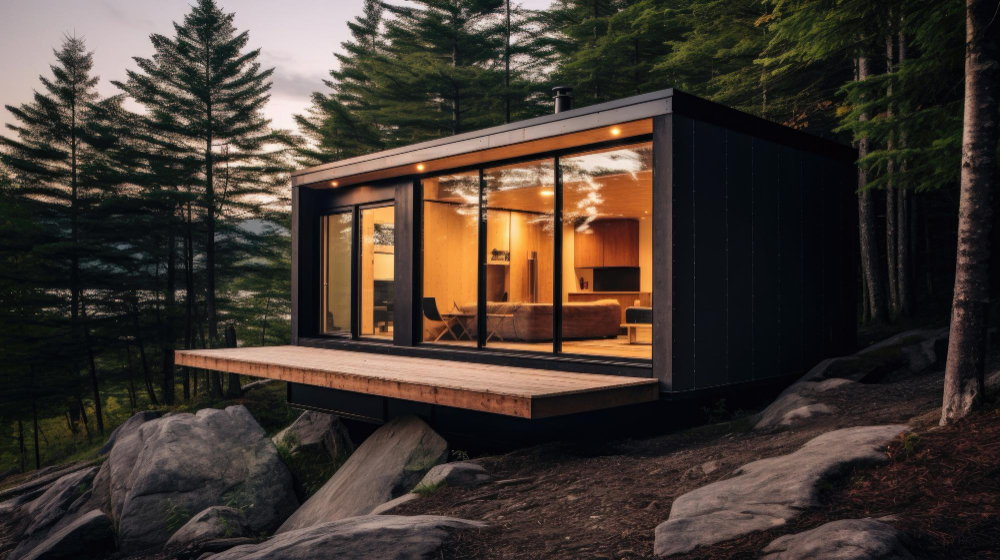
Prefabs refer to structures created from sections, such as walls, windows, floors, and roofs, that were made or partially assembled before being sent to the project site. This construction method works best for setting up temporary facilities such as medical camps, hospitals, and evacuation centers. Still, it can also work for more permanent residential or commercial projects, including offices.
The modular nature of prefabs makes them quick to build and cost-effective, but proper maintenance is crucial for their longevity.
Factors That Impact Prefab Space Cleanliness
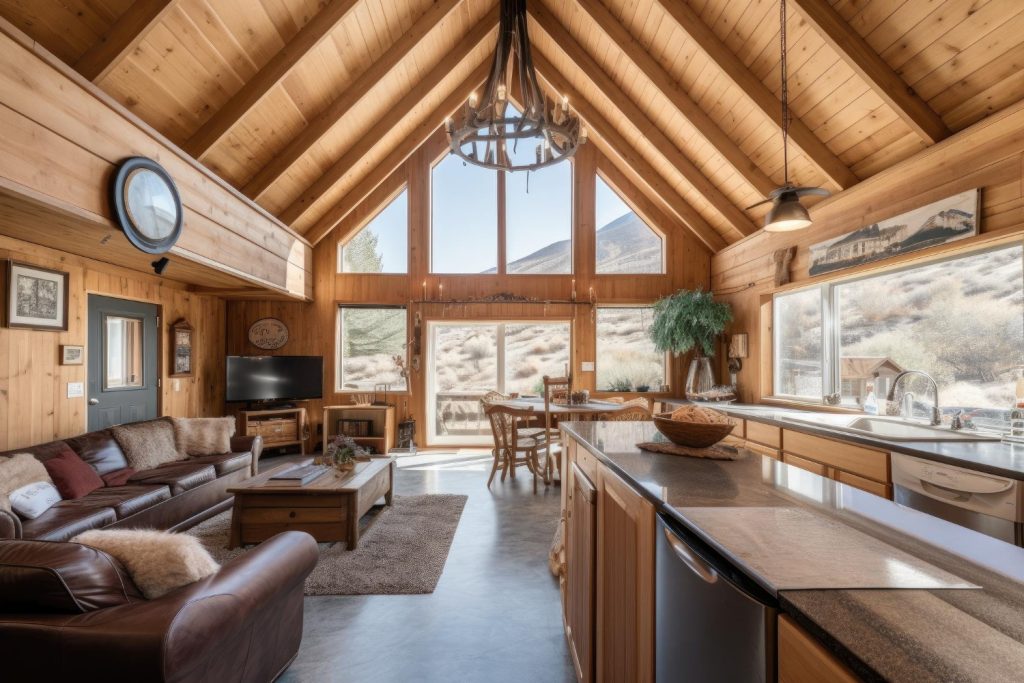
Understanding the composition of any structure is crucial for effective space or office cleaning. For instance, prefabs often feature steel, wood, and concrete materials, each requiring specific care to guarantee longevity and prevent deterioration.
- Material Considerations
The diverse materials used in prefab construction demand a tailored cleaning approach. Steel may require rust inhibitors, while wooden surfaces benefit from specialized wood cleaners. Recognizing the materials in your prefab is the first step toward implementing a cleaning routine that preserves structural integrity without causing damage.
- Weather Exposure
Prefab spaces encounter weather conditions during transportation and installation, potentially affecting their cleanliness and condition. Rain, dust, and environmental elements can lead to corrosion or deterioration. Regular cleaning acts as a protective measure, shielding the pre-manufactured material from the adverse effects of prolonged exposure.
- Structural Joints and Connections
Paying attention to the joints and connections of your prefabs is crucial. Accumulated dirt and debris in these areas can compromise structural stability and integrity. Regular cleaning ensures that they remain debris-free, reducing the risk of damage and the need for extensive repairs.
- Ventilation and Air Quality
Proper ventilation is paramount in prefab spaces, especially those with limited natural airflow. Routine cleaning of air ducts, filters, and vents ensures a healthy indoor environment, which can benefit the well-being of occupants.
- Pest Control
Pests potentially threaten prefab structures, particularly during transportation and storage. Regular cleaning and appropriate pest control measures are essential to prevent damage caused by insects or rodents, as well as promote the prefab’s overall integrity.
Cleaning Techniques for Prefab Spaces
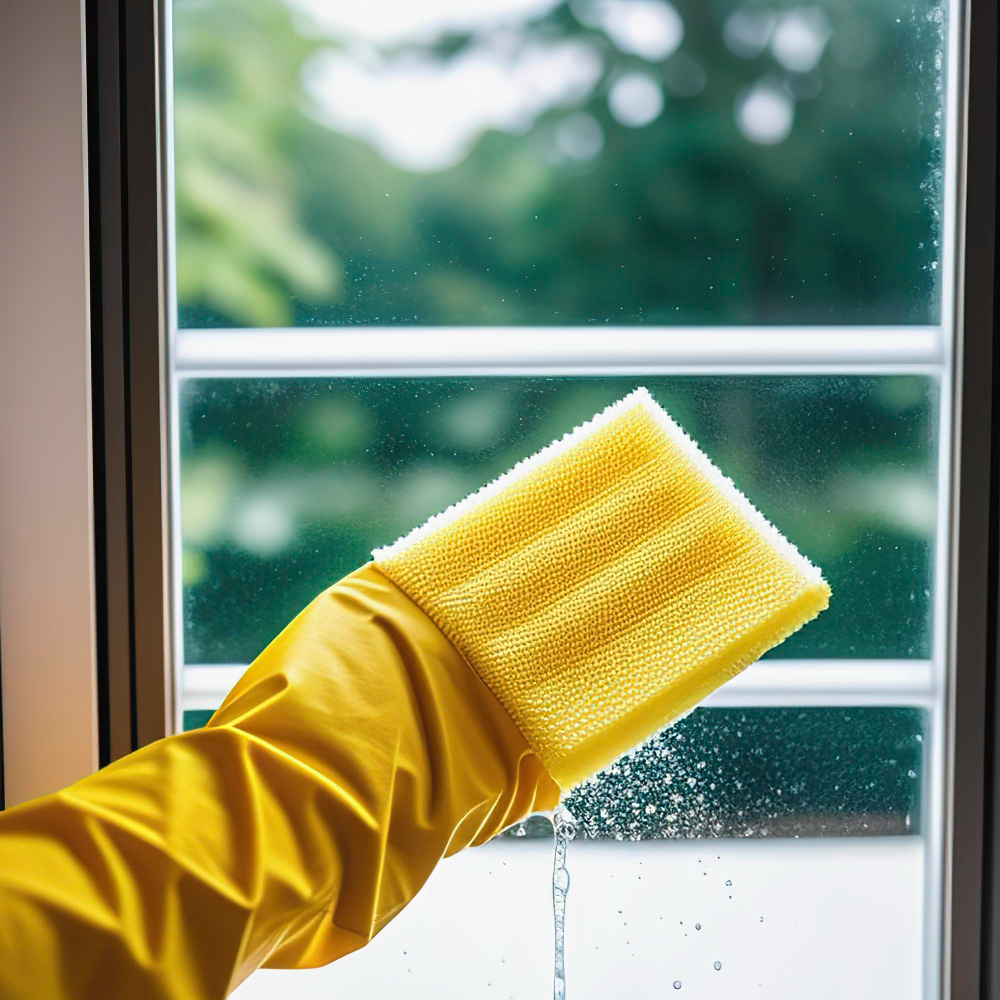
Depending on your construction or operation stage, perform the following techniques to make the most out of your prefabs:
- Indoor Surfaces
Regular surface cleaning is imperative to maintain prefab structures’ aesthetic appeal and integrity. Employ suitable cleaning agents based on the material—gentle detergents for prefab metal buildings and specialized cleaners for wood. Regularly clean exterior walls to remove dirt and grime that can accumulate over time, preserving the prefab’s visual appeal.
Here’s a more detailed discussion on cleaning prefabs’ interiors:
- Interior Wall Cleaning
Use a mild detergent to remove dust and stains from painted or coated interior walls. Avoid abrasive cleaners to prevent damage to the surface.
- Window Cleaning
Clean windows with vinegar and water or a glass cleaner for a streak-free shine. Metal or vinyl frames must be wiped with a mild, soapy solution and a soft cloth to remove dirt and grime.
- Light Fixture Cleaning
Dust and clean light fixtures regularly to maintain optimal brightness. Turn off the power before cleaning and use appropriate cleaning agents for different fixture materials.
- Flooring Maintenance
For prefabs with wooden floors, sweep regularly to prevent dirt buildup. Clean with a wood floor cleaner and avoid excessive moisture to prevent warping. Use a pH-neutral cleaner for tile floors. Grout lines can be cleaned with a mixture of baking soda and water.
- Specialized Cleaning for Modular Furniture
For prefabs with modular or built-in furniture, follow manufacturer guidelines for cleaning. Use appropriate cleaners for different materials like wood, metal, or upholstery.
- Exterior Sections
Meanwhile, pressure washing effectively cleans exterior walls, especially for prefabs in areas prone to dirt and environmental debris. Adjust the pressure settings based on the material to avoid causing damage. Delicate surfaces need less pressure to avoid the risk of damage.
Here are other crucial steps:
- Gutter Maintenance
Clear gutters of debris regularly, especially after heavy storms. This prevents water buildup, potential leaks, and damage to the prefab’s foundation.
- Roof Cleaning
Remove debris and moss using a soft brush or broom for metal roofs. Apply a metal roof cleaner to remove oxidation and stains. Rinse thoroughly. For shingle roofs, use a mixture of water and mild detergent to clean shingle roofs. Avoid high-pressure washing to prevent damage.
- Ensure An Even Better Clean
Besides wiping or hosing your interior and exterior surfaces to keep them sparkling clean, you must consider other essential systems in your prefab structure, too.
- Heating, Ventilation, and Airconditioning (HVAC) System
Regularly replace air filters in HVAC systems to maintain indoor air quality. Consider professional cleaning for ducts to ensure optimal air quality and system efficiency.
- Disinfection
In high-traffic areas, especially in commercial prefabs, consider periodic disinfection to maintain a healthy environment. Use disinfectant solutions suitable for the prefab’s materials.
- Stain Removal
Promptly address stains on surfaces to prevent permanent damage. Use stain-specific cleaners and follow material guidelines.
- Rust Prevention
Regularly inspect metal components for signs of rust. Use rust converters or inhibitors to prevent further corrosion. For existing rust, gently remove it with a wire brush or sandpaper before applying a protective coating.
Remember, when implementing these cleaning techniques, always refer to the manufacturer’s guidelines for specific materials used in your prefab. Tailoring your cleaning approach to the prefab’s unique characteristics ensures effective maintenance without causing unintended damage.
- Hire Professional Cleaning Services
Engaging professional cleaners specializing in prefab maintenance can be a wise investment. These experts possess the knowledge and tools to perform thorough cleaning, ensuring that every aspect of the prefab is properly maintained.
Moreover, they have specialized cleaning agents, advanced equipment for hard-to-reach areas, and the expertise to address specific material requirements.
Regularly scheduled professional cleaning can supplement routine maintenance efforts to extend the prefab’s lifespan.
Extra Tip: Weatherproof Your Prefab

Enhance the durability of prefab structures by applying weatherproof coatings. Seal joints and apply rust-resistant coatings for metal components to protect against the elements.
Weatherproofing safeguards the structure and contributes to its resilience over time. Think of it like giving your prefab a raincoat. It’s a shield against the elements that can be applied with brushes or sprayers—just like painting, but for protection.
The Takeaway
Prefabs bring speed and efficiency to construction, and the market is set to expand in the coming years. While relatively strong and durable, they’re not immune to wear and tear. Proper cleaning techniques are essential for ensuring their longevity and structural integrity.
Understanding the materials, considering weather exposure, maintaining structural joints, ensuring proper ventilation, and implementing pest control measures are critical aspects of effective cleaning. By incorporating these practices into a regular maintenance routine, owners can maximize the lifespan of their prefab spaces and enjoy the benefits of these multi-purpose structures.
Related reading:
Table of Contents
